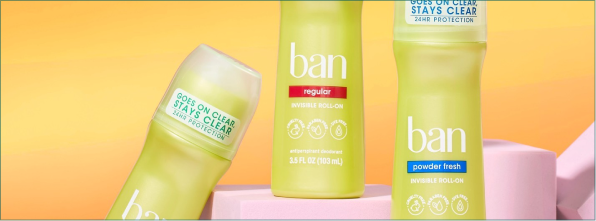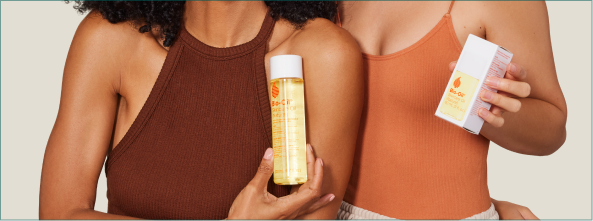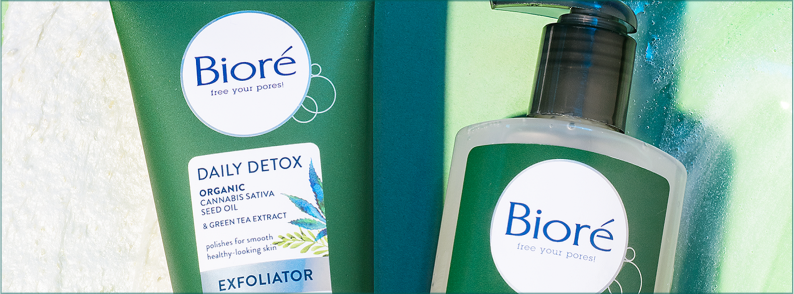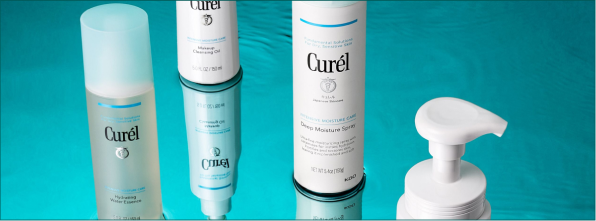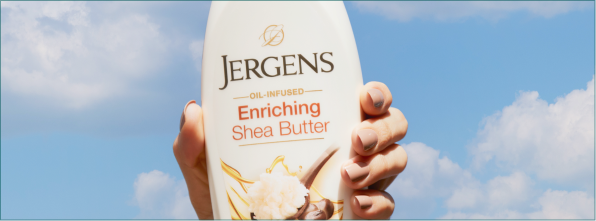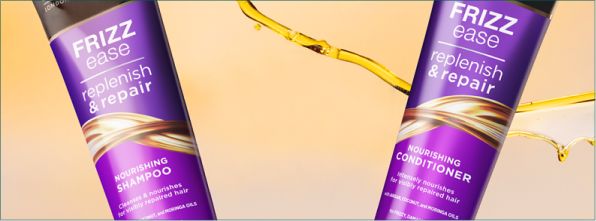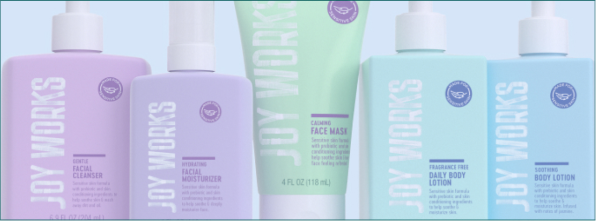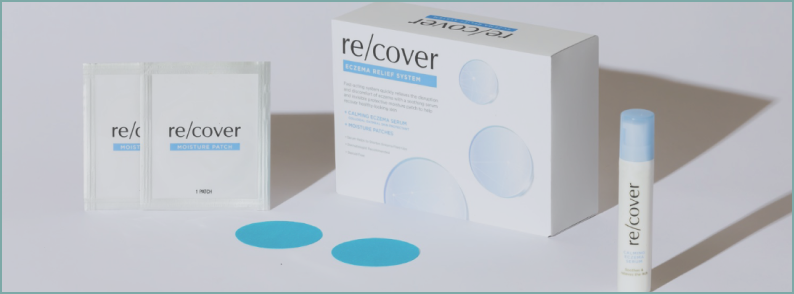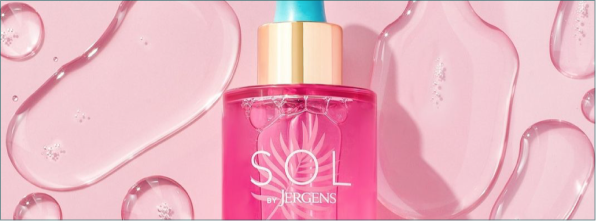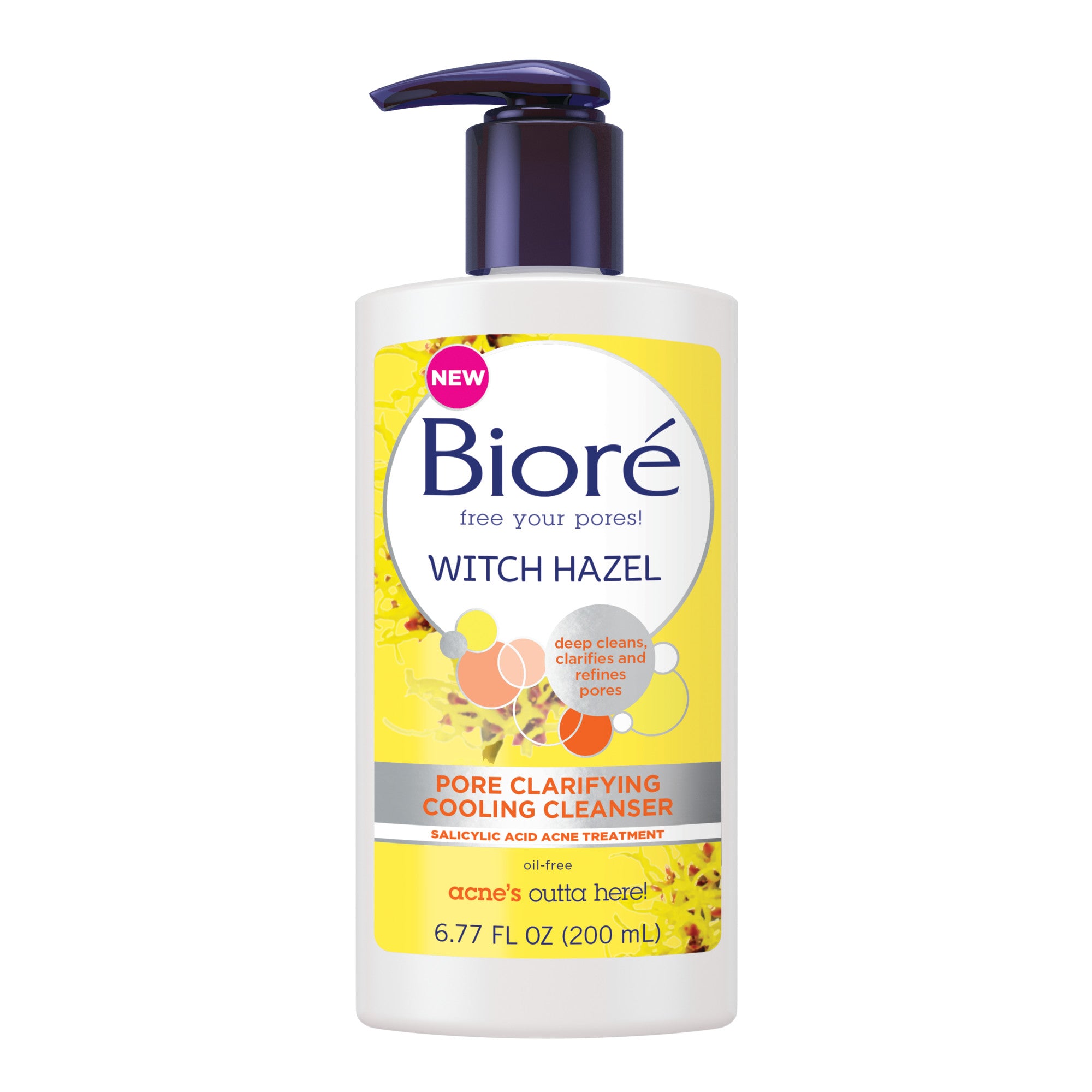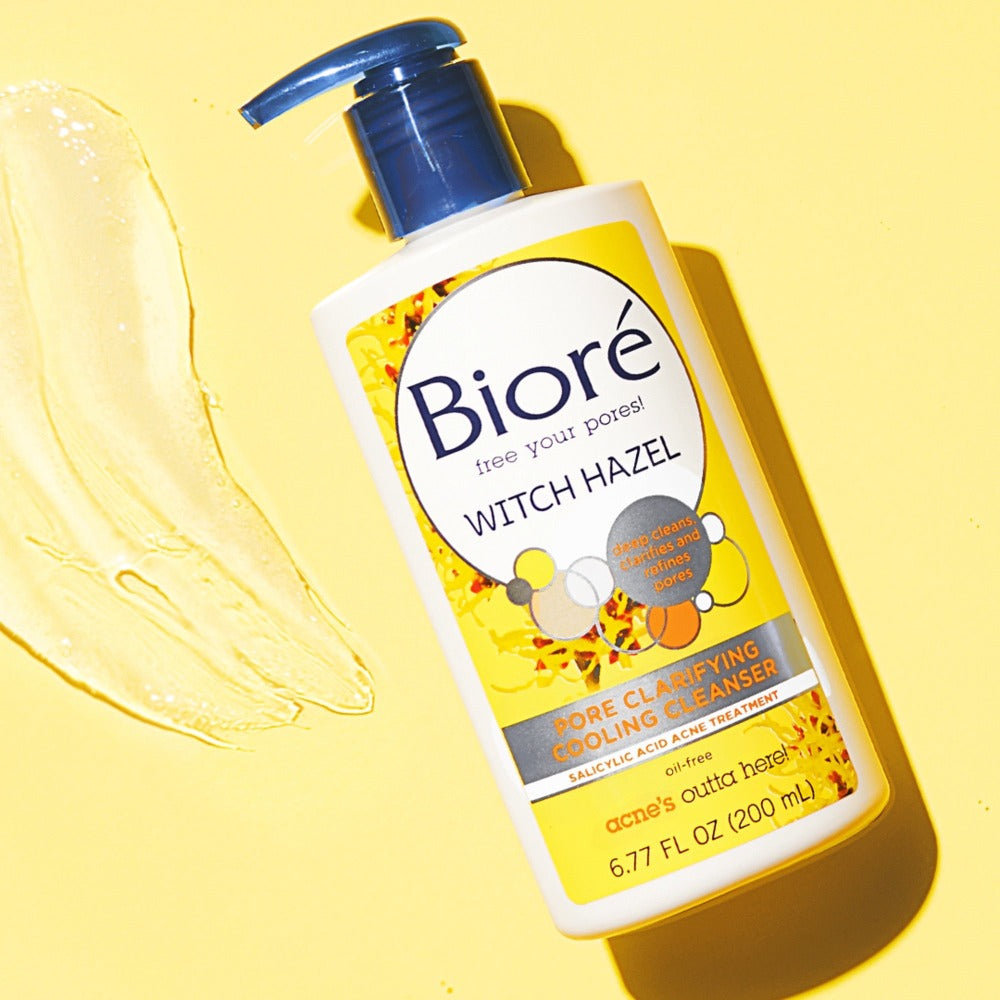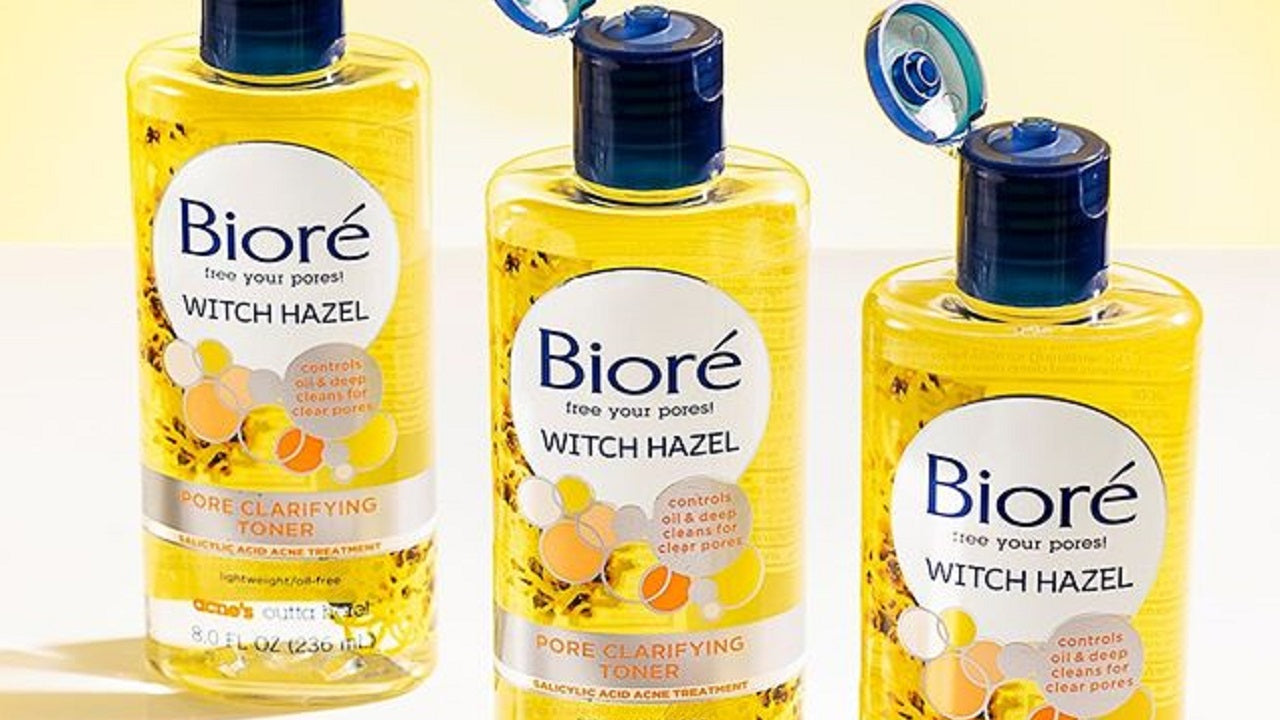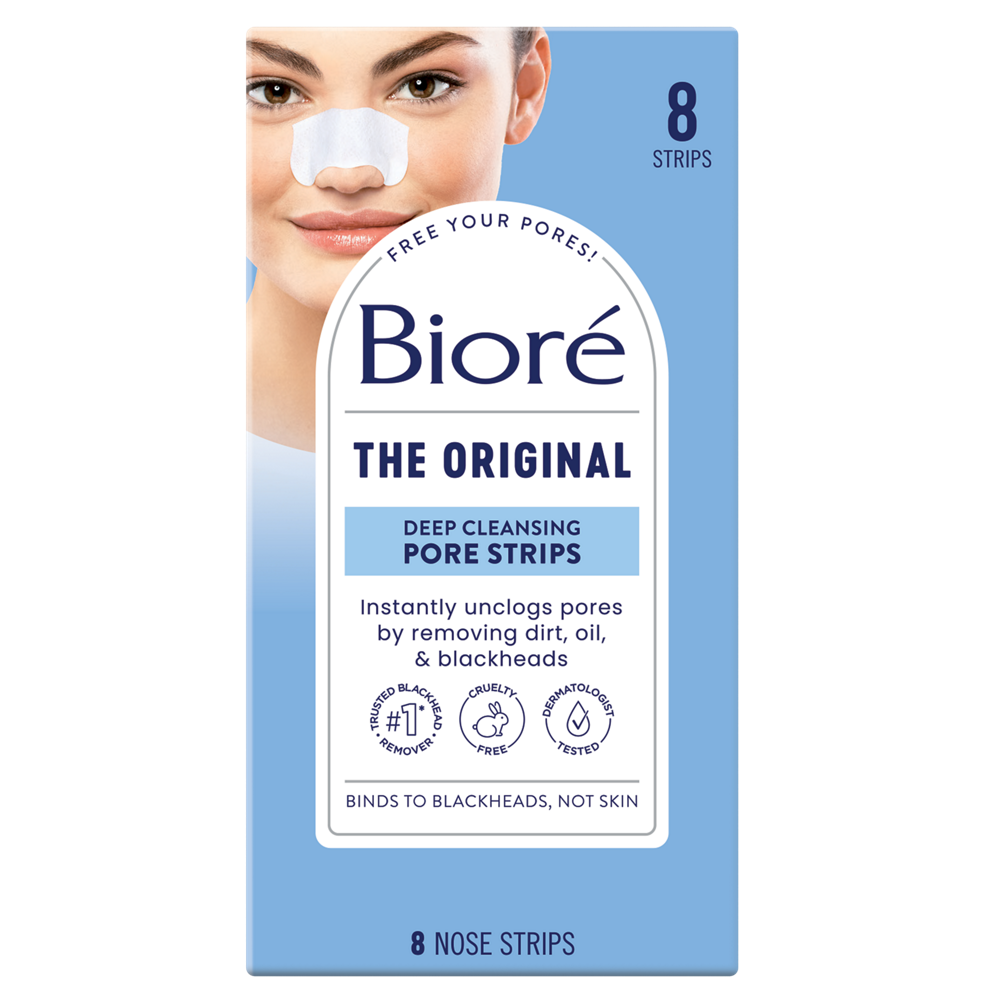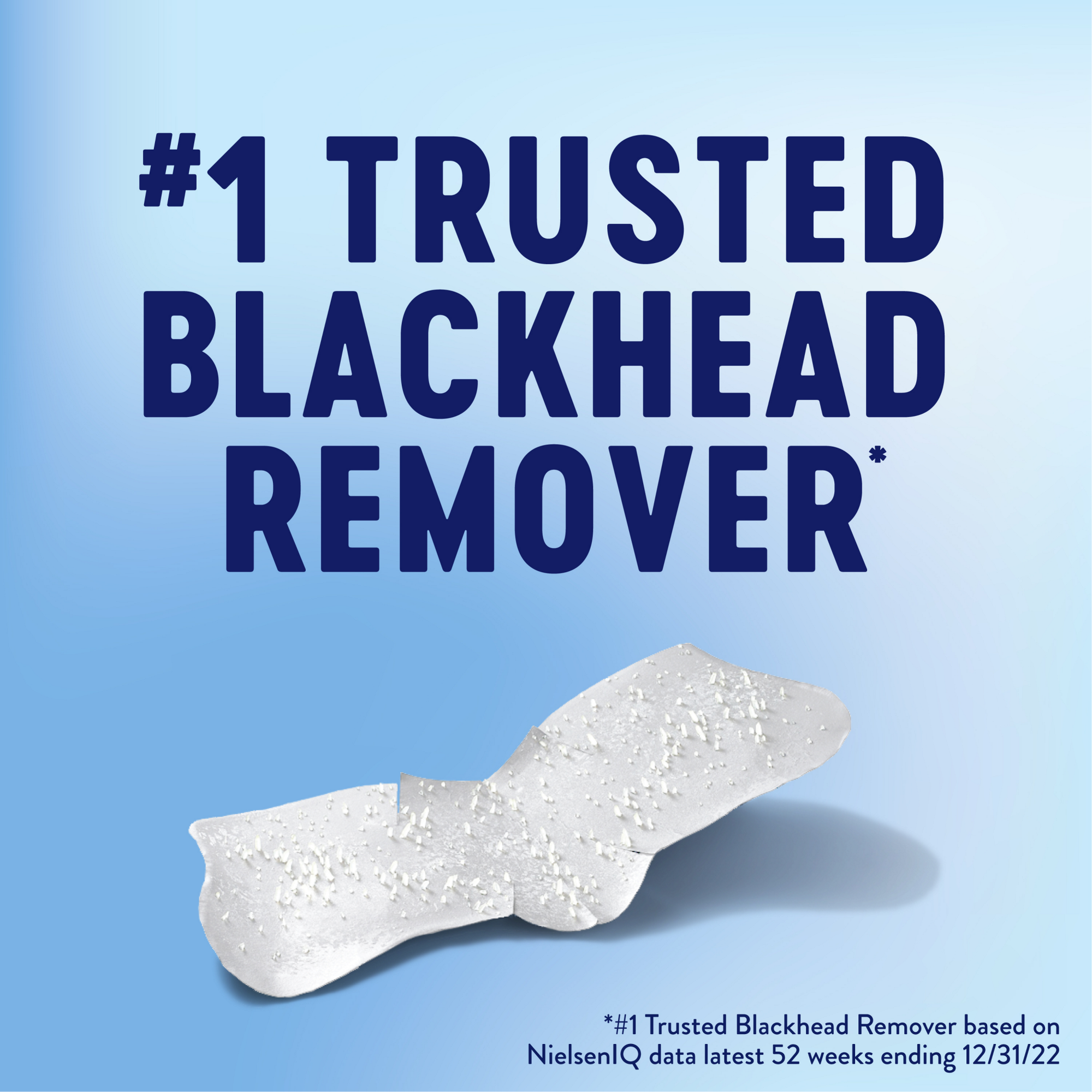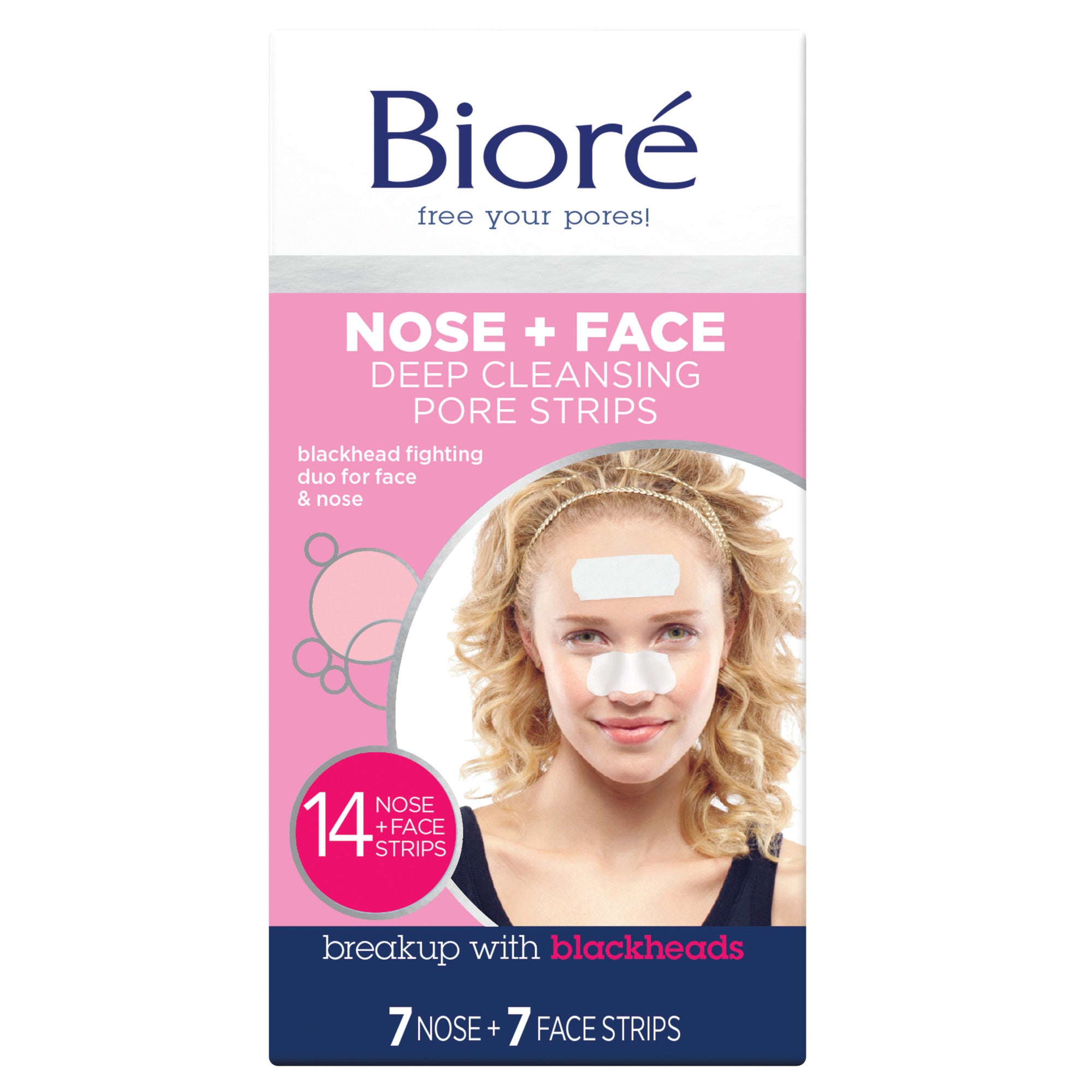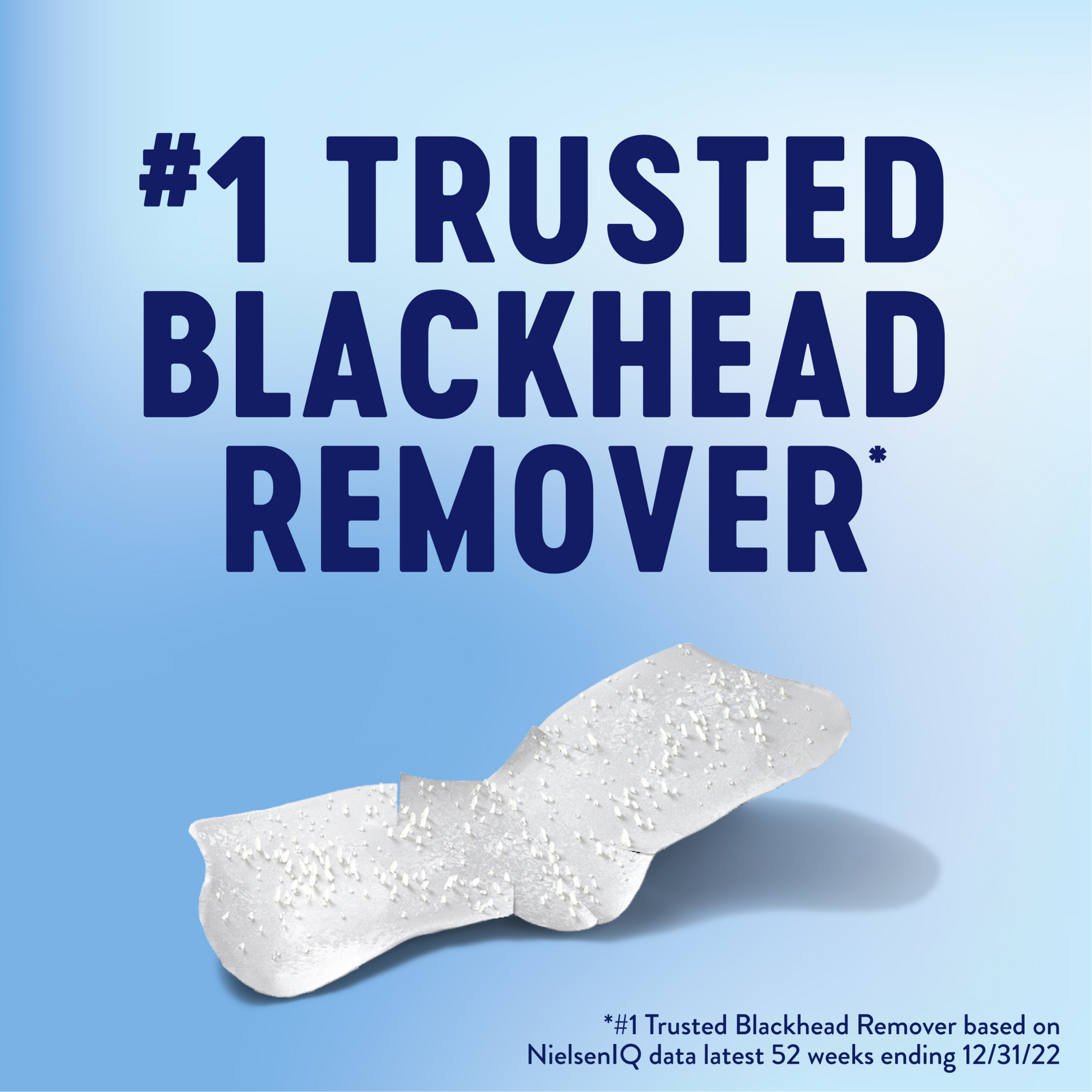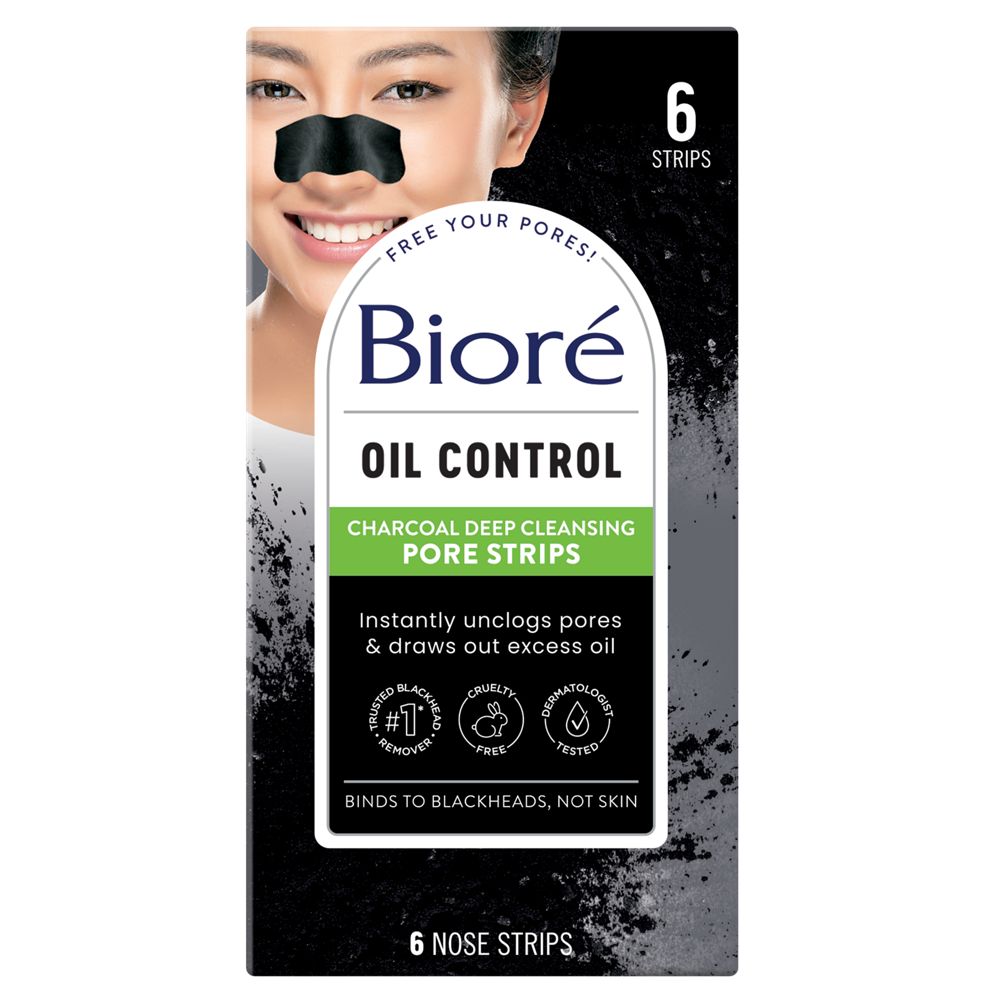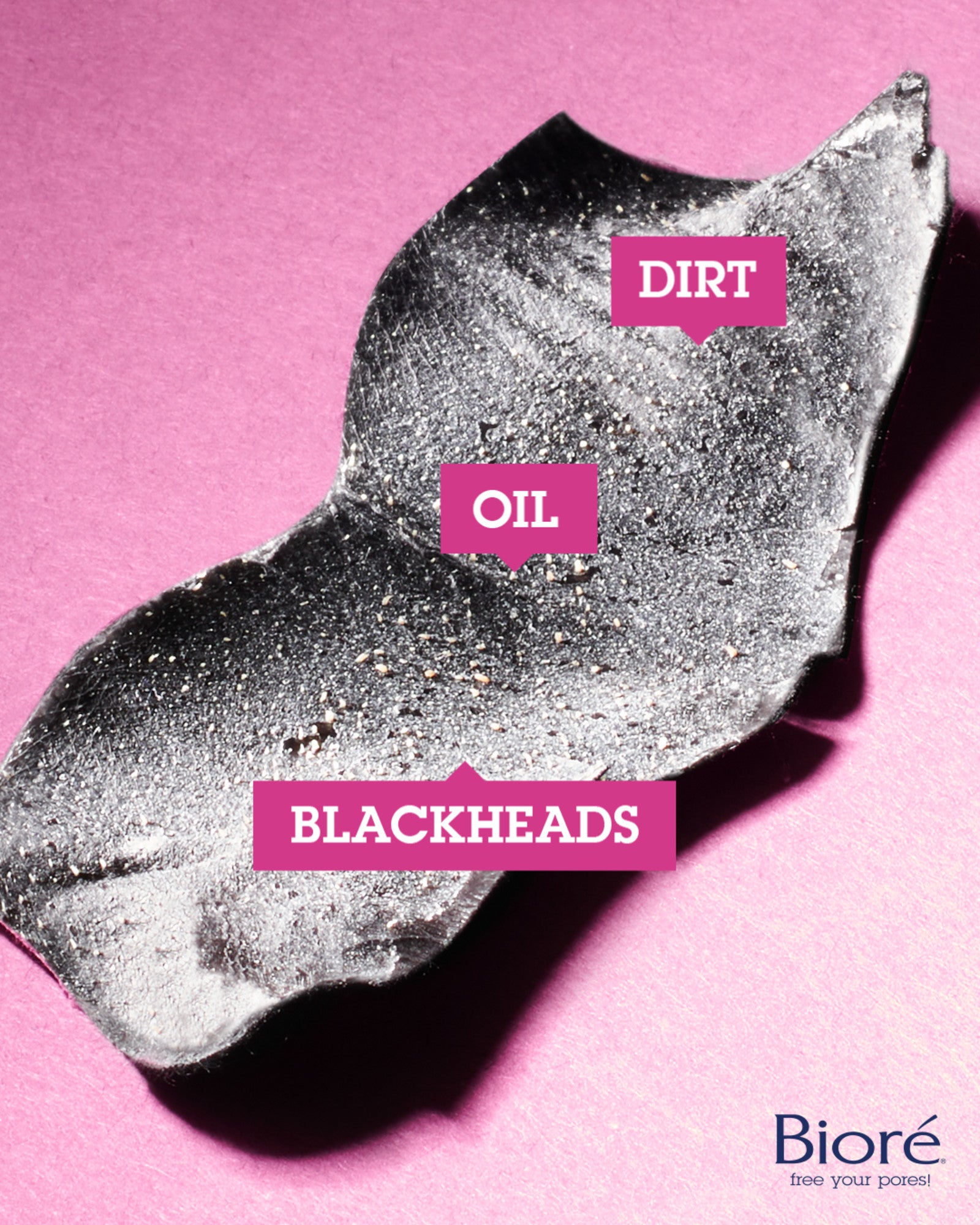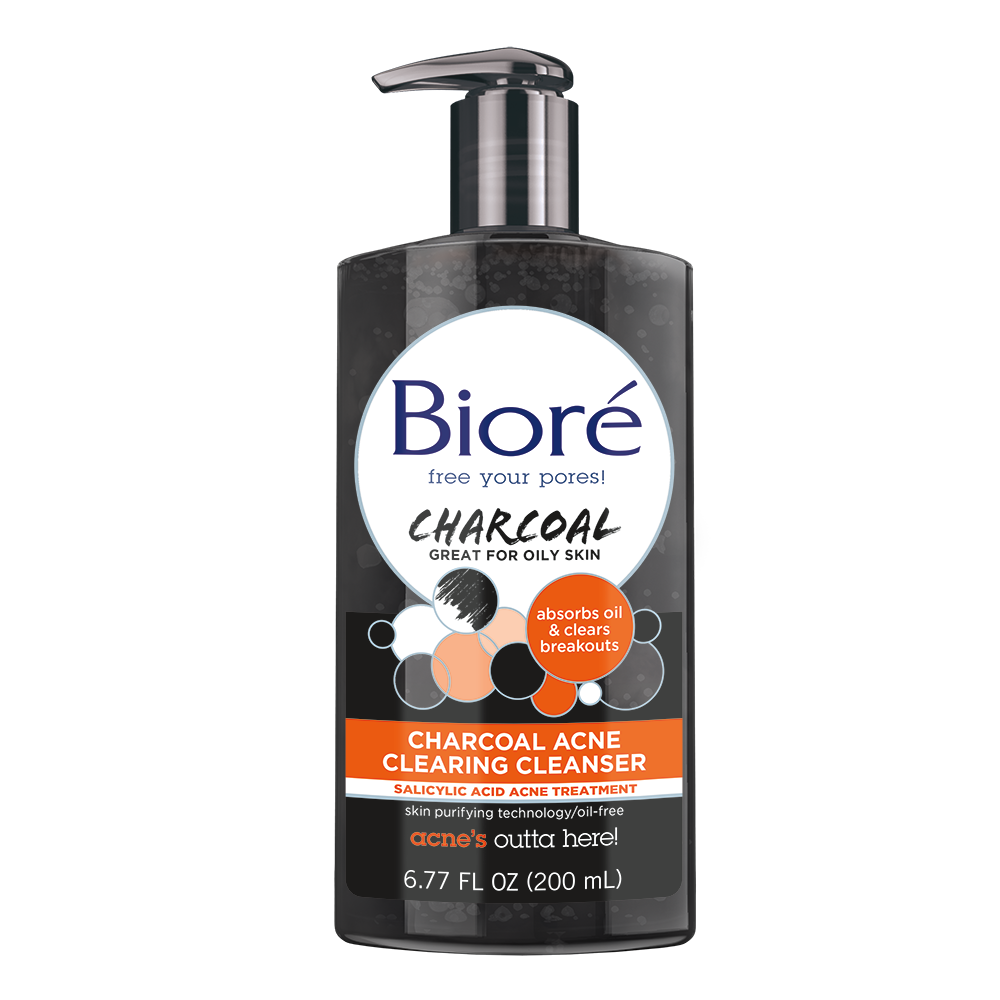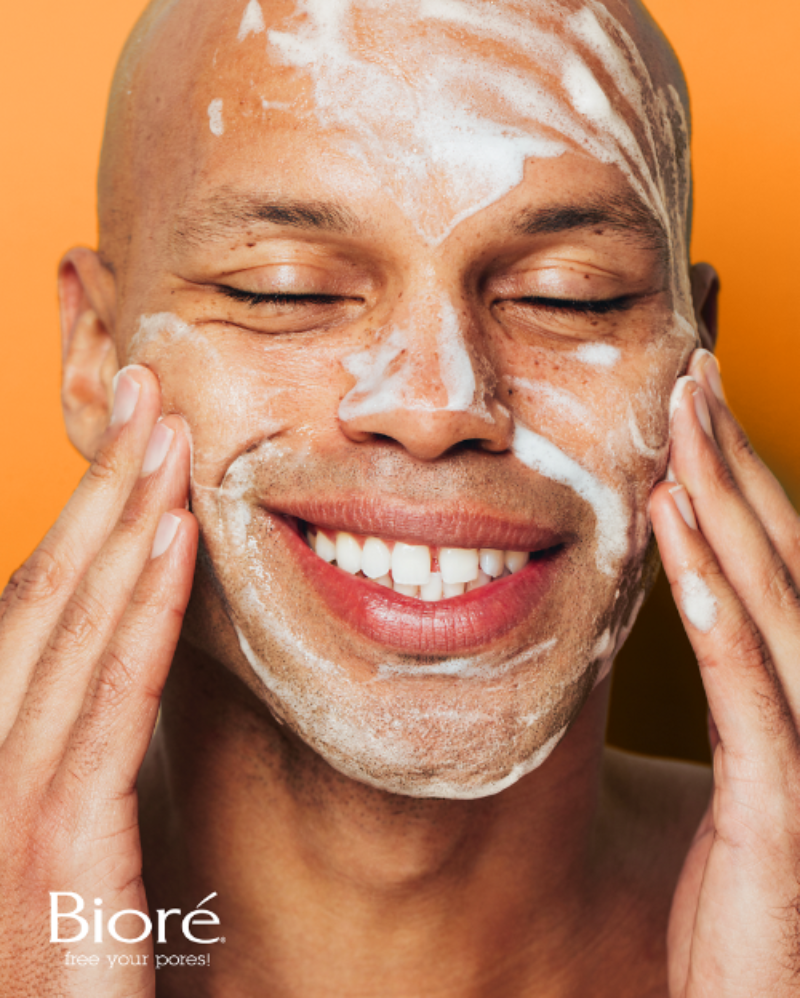How to Get Rid of Blackheads
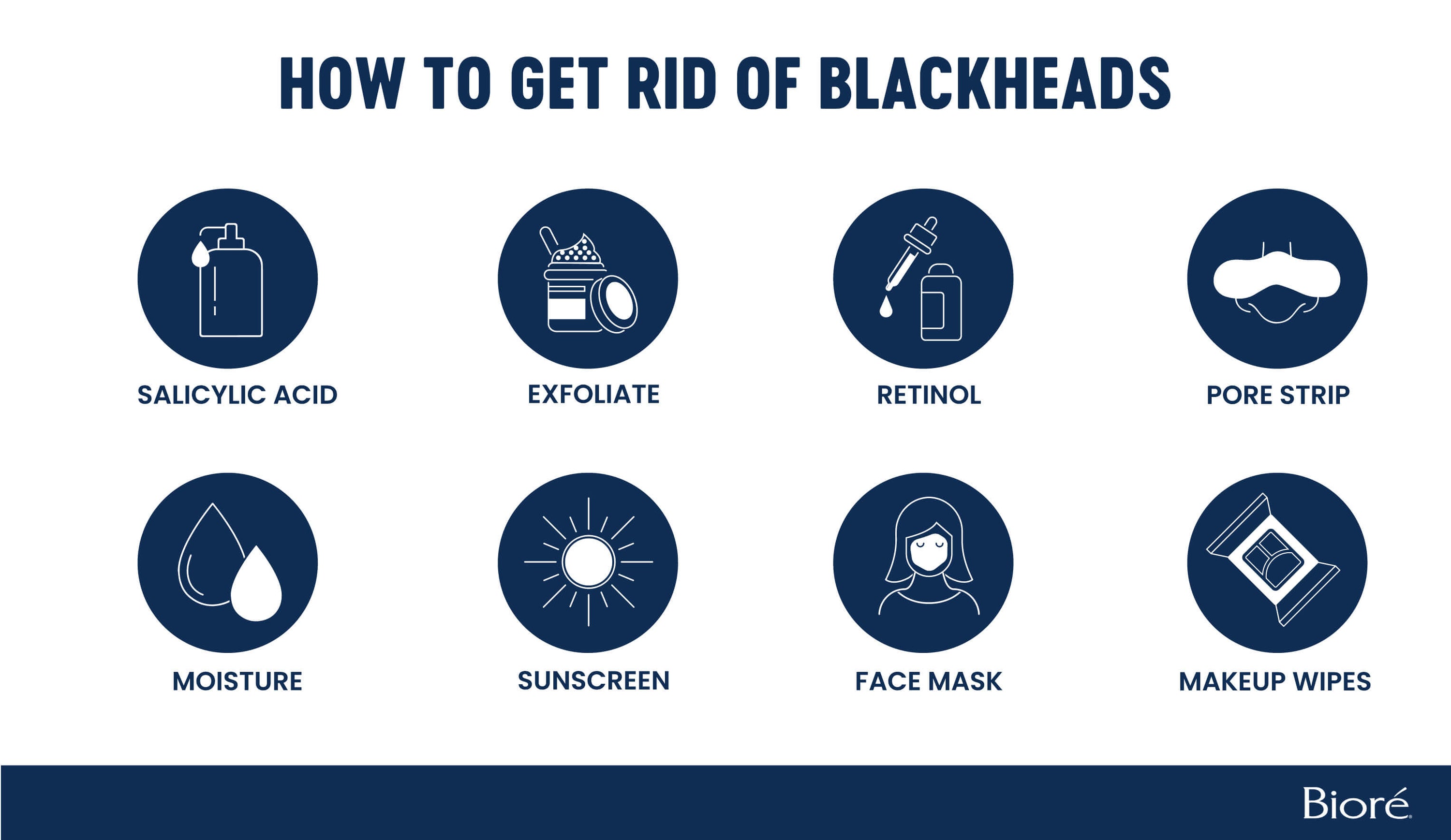
You are about to go out for an important event when you notice small black bumps forming around your nose. Blackheads are an annoying find whether you have a big night out or aren’t seeing anyone at all. Fortunately, with the right treatment, you can get rid of blackheads fast. Keep reading to learn more about what blackheads are and how to get rid of them.
What Are Blackheads
Blackheads are a type of acne where your hair follicles get clogged with sebum and other blackhead-causing material. Once these hair follicles are clogged, they tend to turn into small, dark bumps. Blackheads are a form of acne and can develop anywhere on your body where you have pores. Blackheads can contain some dirt, but they most often consist of dead skin, oil, and sebum—a material naturally produced by your skin. Blackheads are sometimes confused with sebaceous filaments, which form when oil is produced around a hair follicle.
People with excessively oily skin are more prone to developing blackheads. But, there’s no need to panic when you spot a blackhead! You simply need to try out some remedies to see which one is most effective at clearing your skin.
How to Get Rid of Blackheads
Shop Cooling Cleanser
1. Cleanse Your Pores With Salicylic Acid
If you are prone to blackheads, you should keep some skincare products with Salicylic Acid around the house. It will be your go-to ingredient any time acne or breakouts appear. Salicylic Acid is a type of beta hydroxy acid (BHA) that removes oil, stimulates cell turnover, and exfoliates the cells in the top layer of your skin. This key ingredient works to treat and prevent breakouts while also promoting cell turnover, making it a perfect tool for combatting blackheads. To help get rid of blackheads, try using a daily face cleanser with Salicylic Acid to cleanse and gently exfoliate your pores.
Salicylic Acid is a type of beta hydroxy acid (BHA) that removes oil, stimulates cell turnover, and exfoliates the cells in the top layer of your skin.
2. Exfoliate with a Facial Scrub Once a Week
You might have heard that exfoliation can be bad for acne and pimples. While that may be true for inflammatory acne, exfoliating your skin can improve the appearance of blackheads—especially when dead skin cells may be clogging your pores.
There are two types of chemical exfoliation you want to look into:, alpha hydroxy acids (AHAs) and beta hydroxy acids (BHAs). Glycolic acid is a prominent AHA, while Salicylic Acid is the best BHA. Using these products can help remove blackheads as well as improve the appearance of age spots and wrinkles.
More than anything, you want to avoid using products that could further irritate your acne. If you're new to exfoliation, try a gentle facial scrub to start. Avoid scrubs that contain polyethylene or ground fruit pits because they can scrape against the skin. AHA and BHA are non-physical exfoliant alternatives that promote dead skin sloughing to reveal fresh, smooth skin.
3. Try a Retinoid Cream
Another way to clear out clogged pores is with a topical retinoid cream. Retinoids are highly effective at loosening pore plugs. You can find plenty of retinoids over-the-counter, but for severe cases of blackheads, you may need to get a prescription. Most dermatologists recommend trying an over-the-counter product first to see if it has the right combination of ingredients to help your skin. If you still don’t see any improvement, you should talk to your dermatologist right away about getting stronger medication. Dermatologists know how to treat blackheads best, so you should always follow a professional’s recommendation.
4. Use a Pore Strip to Quickly Remove Blackheads
When you are looking to remove blackheads fast, one of your best options will be a pore strip. This is the perfect solution for instantly removing blackheads from your nose because it is a quick and easy treatment. When you pull off a pore strip, it acts like a magnet to remove blackheads from your skin. If you have acne on other places of your face besides your nose, try a facial pore strip for safe and easy blackhead removal.
Pore strips are effective at getting rid of blackheads quickly, but make sure you follow the instructions on the box! You need to leave the strip on your nose for at least 10 minutes so that the strip has time to bond to your blackheads.
Salicylic acid in a cleanser should be used before the pore strip. If you have a toner with salicylic acid, that can be applied after the pore strip.
When used correctly, pore strips are great for temporarily improving the appearance of your skin. Learn all you need to know about pore strips by reading our guide, Pore Strips 101.
5. Moisturize Often
Moisturizing is particularly important if your skin is prone to acne and blemishes. Dry skin and dead skin cells can clog your pores, so it's important to keep your skin moisturized. Moisturizers, especially those that are non-comedogenic, are specially formulated to help your skin retain as much water as possible.
To prevent blackheads, avoid moisturizers that are heavy or cream-based, as the heaviness can actually make your blackheads worse by further clogging the pores. Instead, you want to use a milkier, lighter cream. Moisturizers that include niacinamide are excellent for oily skin types because this ingredient helps regulate oil production.
6. Don’t Forget Sunscreen
Be sure to apply sunscreen each day to protect your skin from sunburn and dry, flaky skin. You can use a moisturizer and sunscreen in tandem with the rest of your skincare routine. If your moisturizer already has SPF, you’re covered! Otherwise, make sure to apply sunscreen every day as part of your daily routine.
7. Avoid Cleansers With Benzoyl Peroxide
Another ingredient you want to avoid if you are prone to blackheads is benzoyl peroxide. This is a common ingredient for acne cleansers, but you want to steer clear if you predominantly suffer from blackheads. Benzoyl peroxide is used so often because it is effective at reducing inflammation. However, as mentioned earlier, blackheads are a non-inflammatory form of acne. Therefore, the ingredient will not do you any good.
Benzoyl peroxide is used so often because it is effective at reducing inflammation. However, as mentioned earlier, blackheads are a non-inflammatory form of acne.
Benzoyl peroxide is better if you tend to suffer from whiteheads, which are inflamed comedones. An open blocked pore is referred to as a blackhead, but if that pore remains closed, then it is known as a whitehead. They are firm and white or yellow in appearance, and they can become inflamed quite easily. Other skin issues that benzoyl peroxide can help with include cysts, nodules, pustules, and papules.
8. Absorb Excess Oil With a Clay or Charcoal Mask
A facial mask can work wonders on your skin. Start by using a mask once a week to see how your skin responds. If you’re loving the results, try applying a face mask multiple times a week. You can also use clay masks as a spot treatment for troublesome areas.
Another option is a charcoal mask. Charcoal is known to absorb excess oil and dirt, which can help clear congested pores over time. For both clay and charcoal masks, make sure to cleanse your face and hands before applying. You don’t want oil and bacteria from your hands to transfer onto your skin!
9. Wash Your Face After Working Out
Working out is a great way to work up a sweat and stay healthy. Unfortunately, that sweat can exacerbate acne issues you are currently facing. Sweat can make its way into your pores and lead to blackheads and clogged pores. Ideally, you should wash your face after every workout. This will ensure that sweat does not intertwine with dirt and grime to irritate your skin.
When washing your face, you should avoid using hot water on your skin and use lukewarm or cold water instead. After wetting your skin, use a cleanser and then gently pat your skin dry. Once your skin is clean, you can apply toner or facial mist for added benefit. If you’re on the go, pack cleansing cloths in your gym bag for quick and effective cleansing.
10. Avoid Poking, Squeezing, or Picking at Blackheads
You may be tempted to pick or squeeze blackheads or other acne on your skin. You may be able to remove gunk from your pores this way, but we don't recommend it! For starters, blackheads on their own are not inherently bad for your skin. But, squeezing your pores can cause longterm damage and even scarring. Picking at your blackheads can also add pore-clogging bacteria into your skin—even if your hands are clean.
…squeezing your pores can cause longterm damage and even scarring. Picking at your blackheads can also add pore-clogging bacteria into your skin
11. Remove All of Your Makeup Before Going to Bed
After a long day, you probably just want to get home and go straight to bed. Before you catch up on your beauty sleep, take some time to remove any makeup from your face. If you leave makeup on overnight, your skin is less able to breathe and can lead to pore buildup. Use our nighttime skincare routine for oily skin to help cleanse your skin and prevent excess oil from clogging your pores.
For quick and easy makeup removal, keep makeup removing wipes on your bedside table. If you’re on the go or too busy, facial wipes are a great alternative to washing your face with cleanser and water. These types of wipes are great at removing your makeup while also cleansing your skin of dirt and grime. Textured makeup-removing wipes are ideal for dissolving heavy makeup or mascara and can give your skin a deep clean, without leaving an oily residue behind.
12. Use Non-Comedogenic Makeup and Products
If you use the wrong products for your skin, you may clog your pores without even realizing it! Your makeup can play a huge role in the prevalence of blackheads on your face. That is why you should only purchase makeup labeled as ‘non-comedogenic.’ This means the makeup contains ingredients that won’t clog your pores.
If you are unsure if makeup is non-comedogenic, then you should look for a number between one and five on the back of the package. Makeup that is rated between zero and two is considered to be non-comedogenic and is good for blackhead-prone skin. Makeup labeled between three and five may irritate sensitive skin.
You should also avoid oil- and alcohol-based products. The oil-based products may clog your pores and add too much oil if your blackheads are caused by oily skin. Alcohol-based products may irritate your skin and cause further damage.
13. Target Blackheads on Specific Areas of Your Body
You may look at all the ways to remove blackheads and feel a little overwhelmed. It can take a while to figure out which treatment is best for you. Part of finding the best treatment for your skin involves knowing how to effectively treat blackheads on different parts of your body. Here is some advice to follow for each of the major body parts where blackheads can pop up.
- Blackheads on Your Nose: The best way to get rid of blackheads is to follow a consistent skincare routine that combines a variety of effective acne-fighting products. Ideally, you are using products that remove existing blackheads and help maintain clean pores.
- Blackheads on Your Cheeks: A combination of regular cleansing and toning with Salicylic Acid, combined with gentle exfoliation can help you find relief for blackheads on your cheeks.
- Blackheads in Your Ear: You should clean your ears out often to remove excess dirt and oils. This is easiest to do in the shower, or you can use a soft washcloth to clean out your ears. You should not use cotton swabs.
- Blackheads on Your Chin: You can prepare your chin for blackhead treatment by first steaming your skin. You can cover your head with a towel and then carefully expose it to steam from hot water with tea tree oil. Exfoliation and a diet rich in vitamin C can also help.
Blackheads on Your Forehead: To quickly remove trapped dirt and oil in the pores on your forehead, use a facial pore strip at home. After using a pore strip, gently rinse your face with lukewarm water, and dab a witch hazel toner on your skin for additional cleansing. To help prevent future blackheads, wash your face twice a day and exfoliate weekly to avoid excess dirt and oil from getting into your pores.
14. Talk to Your Doctor About Acne Medication
In the event you have tried all of these steps to no avail, then it is time to talk to your doctor about a stronger regimen. There are many topical medications that your dermatologist can prescribe. Your dermatologist will likely start with either a retinoid drug or antibiotics. Antibiotics are often prescribed because they specifically target bacteria.
Steroid injection is another possibility. This is often recommended for cystic and nodular lesions, which are more extreme cases of blackheads. It can result in immediate improvement and decreased discomfort. Finally, your doctor may try a manual extraction of blackheads. Your doctor has access to specialized tools, so it is safer than you trying to squeeze blackheads on your own.
15. Visit Your Dermatologist for Expert Extractions
If you are tired of battling your blackheads, then it is time to talk to your dermatologist. When you visit your dermatologist, they may use an extractor tool to professional blackhead removal or recommend another route to take. Other options with a dermatologist are chemical peels, microdermabrasion, or laser/light therapy. With the right combination of products and consistent skincare habits, you can successfully free your pores of blackheads.
Now that you know how to get rid of blackheads, take the time to revisit some of the most important points to help you achieve clear skin.
Key Takeaways
- Use a gentle cleanser containing Salicylic Acid rather than benzoyl peroxide for blackheads.
- Exfoliate your skin at least once a week, but potentially more depending on your specific skin needs. Look for a gentle exfoliator that helps remove gunk in your pores without damaging your skin.
- Moisturize your skin often with non-comedogenic formulas, especially if you go to the gym or wear makeup.
- Use pore strips when you need to get rid of blackheads quickly, but implement other steps into your skincare routine for keeping blackheads at bay for the long-term.
- Avoid scratching or picking at your blackheads at all costs.
- Talk to your dermatologist if you still do not see any improvement.
